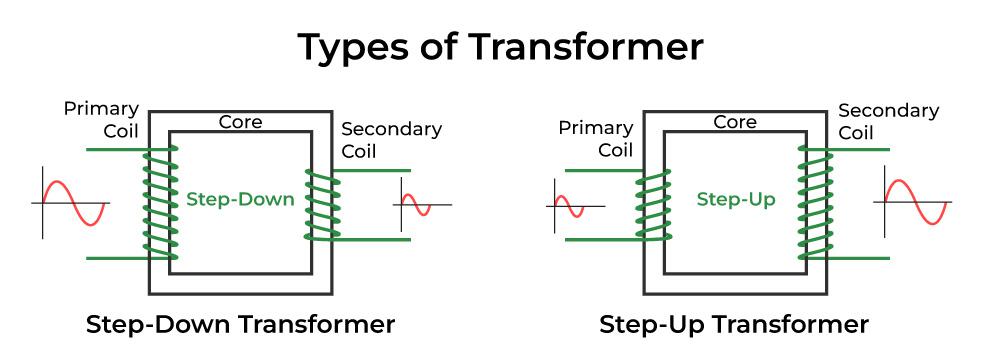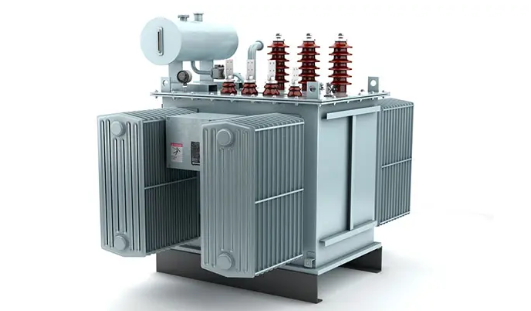Understanding the Dynamics of Electrical Transformers
In the intricate realm of electrical systems, transformers stand as silent architects, transferring energy seamlessly between circuits. This comprehensive guide delves into the essence of transformers, shedding light on their construction, working principles, and diverse applications in our daily lives.
What are Electrical Transformers?
Electrical transformers serve as the backbone of power distribution, facilitating the transfer of electricity between circuits while altering voltage levels without changing frequency. In today’s landscape, they efficiently manage AC supply, adapting to fluctuations in both voltage and current.
This adaptability makes them indispensable in numerous residential and industrial applications, particularly in the widespread distribution and regulation of power over extended distances.
The Construction of an Electrical Transformer:
Comprising a magnetic core, primary winding, and secondary winding, the construction of an electrical transformer is an engineering marvel. The primary winding initiates the production of magnetic flux, guiding it through the magnetic core to link with the secondary winding.
The carefully designed core ensures a low reluctance path, maximizing the efficiency of flux linkage. This intricate dance of magnetic fields creates the transformative power within the transformer.
How Do Transformers Work?
Transformers operate on Faraday’s electromagnetic induction law, where the rate of change of flux linkage induces an electromotive force (EMF) in a coil. With primary and secondary windings sharing a laminated magnetic core, transformers transfer electricity from one point to another.
The application of alternating voltage generates an alternating flux, inducing EMF in both primary and secondary windings. This process allows for the seamless conversion of electrical energy, changing voltage levels while maintaining a consistent frequency.

Electrical Transformer – Efficiency and Losses:
Efficiency is at the core of an electrical transformer’s design. Without moving parts, transformers avoid friction and windage losses. However, they do encounter copper and iron losses. Copper losses result from heat generated during current circulation, while iron losses stem from lagging magnetic molecules within the core. While these losses are inevitable, the efficiency of an electrical transformer typically ranges between 94% to 96%, making them highly efficient energy transfer devices.
Types of Transformers: Transformers exhibit diversity based on design, supply, purpose, and use. From core type to shell type, single-phase to three-phase, step-up to step-down, and power to distribution transformers, each serves a unique function. The cooling method further classifies transformers as self-cooled oil-filled, water-cooled oil-filled, and air-cooled (air blast) transformers. Understanding these types unveils the versatility of transformers in meeting specific requirements.
Main Characteristics of a Transformer: Despite the diversity in types, all transformers share common features: consistent input and output power frequency, reliance on electromagnetic induction laws, and the absence of electrical connections between primary and secondary coils. These features, coupled with minimal losses, contribute to the high efficiency and reliability of electrical transformers.
Uses of Electrical Transformers: The applications of electrical transformers are far-reaching. They elevate or lower voltage levels in AC circuits, modify inductor or capacitor values, prevent DC passage, isolate electric circuits, and play a pivotal role in power generation, transmission, and distribution. From pumping stations to industrial complexes and power generation units, transformers silently empower diverse sectors.
Tips for Troubleshooting an Electrical Transformer: Harnessing the power of a multimeter is instrumental in diagnosing and troubleshooting electrical transformer issues. This invaluable tool allows for a meticulous examination of the transformer’s performance, ensuring optimal functionality in the electrical circuit.
Key takeaways:
As we unveil the intricate workings of transformers, it becomes evident that these devices are the unsung heroes of our electrical infrastructure. From powering our homes to driving industrial machinery, transformers play a crucial role in shaping our modern, electrified world. Embrace the power within – the power of transformers.
To find out more about our electrical supplies and availability, contact a member of our team today!



